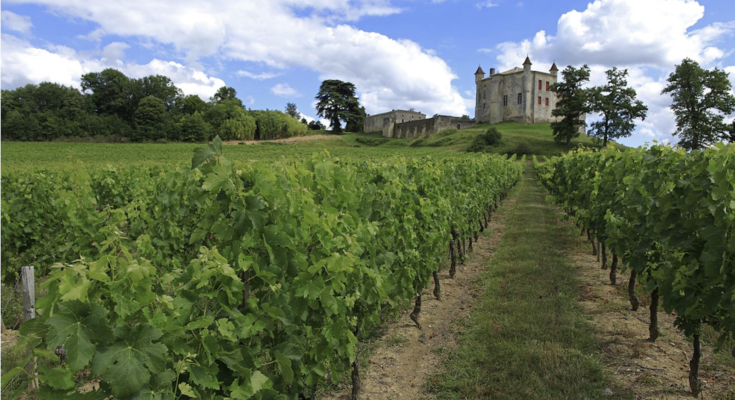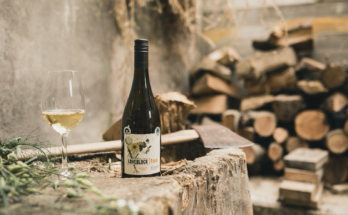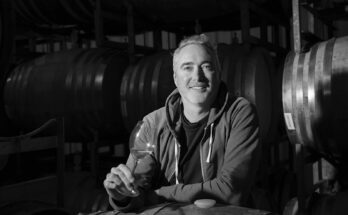A machine learning algorithm from the University of Geneva in Switzerland has proven to be able to identify the precise origin of Bordeaux wines through analysis of their chemical makeup. A team from the University used artificial intelligence to judge the chemical composition of red wines of vintages varied between 1990 and 2007, all from renowned Bordeaux producers.
The wines were vaporised and broken down to their chemical components. The result is known as a chromatogram, and uses around 30,000 points to represent separate chemical compounds. The University researchers used 73 chromatograms to train the AI, along with data on the vintage and the estate that produced the wines.
The team then tested the algorithm on seven chromatograms that were not used in the training – to see if the program could guess which château had produced the wines. It managed to do so with 100% accuracy. The researchers repeated the process 50 times, changing the wines used each time, and the algorithm consistently earned full marks.
As such, researchers have described the algorithm as a ‘100% reliable model’ that could be used to combat counterfeiting within the fine wine trade. Lead researcher, Alexandre Pouget, a neuroscience professor at the University of Geneva, whose goal was to create a specific, chemical signature for each estate, declared “Our results show that it is possible to identify the geographical origin of a wine with 100% accuracy, by applying dimensionality reduction techniques to gas chromatograms. We show for the first time that we have enough sensitivity with our chemical techniques to tell the difference.”




